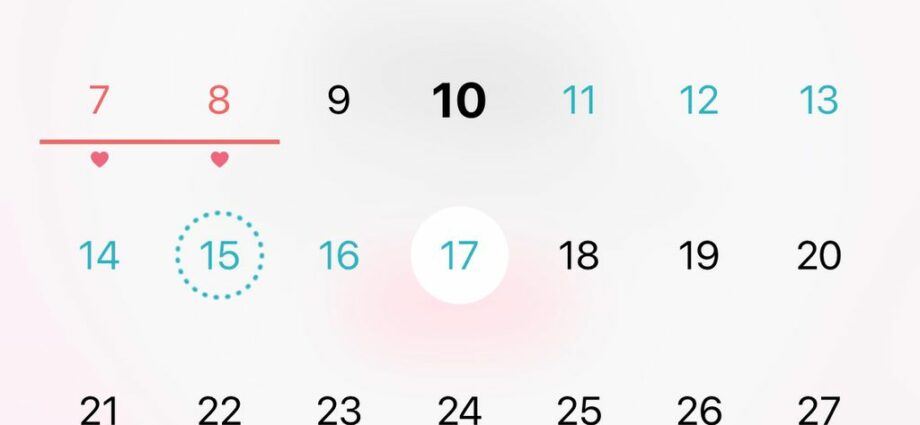Contents
- Ovulation: what is it?
- When does ovulation really occur?
- Is ovulation painful?
- Can you recognize ovulation by looking at cervical mucus?
- Can you ovulate during your period?
- Are you warmer during ovulation?
- What is a temperature curve for?
- In video: Ovulation does not necessarily take place on the 14th day of the cycle
- What can prevent ovulation?
- Do you ovulate when you don’t have a period?
- Does ovulation vary with age?
Ovulation: what is it?
Ovulation is the precise time when the ovary releases an oocyte so that it can be fertilized by a sperm. It all starts at the start of the menstrual cycle, with the intervention of follicle stimulating hormone (FSH). It causes the maturation of a follicle which gradually migrates to the surface of the ovary. A second hormone, LH (the luteinizing hormone), triggers, about 14th day cycle, the release of the oocyte trapped in the follicle. It now circulates through the fallopian tube. At the same time, the rest of the follicle is transformed into a “yellow body” which produces estrogen and especially progesterone. These two hormones prepare the lining of the uterus to make it welcoming in the event of fertilization. If the oocyte is not fertilized within 24 hours of its expulsion, the level of estrogen and progesterone drops at the end of the cycle, because the corpus luteum is destroyed. The lining of the uterus is then eliminated: these are the rules.
When does ovulation really occur?
it depends a lot on your cycle. Usually, periods occur every 28 days and ovulation occurs 14 days before the next. When the cycle is longer, ovulation is therefore later in the cycle. As it is a hormonal process, it is also very fluctuating and can be shifted under the effect of an emotion, a stress… Thus, a study showed that ovulation can, in reality, occur between the 6th and the 21st day.
Is ovulation painful?
No. But some women feel like a small pinching in the ovary, right or left side alternately.
Can you recognize ovulation by looking at cervical mucus?
Yes. The cervical mucus is that substance secreted by the cervix under the direct influence of sex hormones. As ovulation approaches, it becomes transparent and stringy. If you put it between two fingers, it stretches like an elastic: this texture allows sperm to pass through the cervix. At other times of the cycle, it changes in appearance and acidity, becomes whiter-yellowish and thicker, and does not promote the progression of sperm.
Can you ovulate during your period?
Exceptionally, yes. It can happen when the cycles are very short (21 days) and the periods a little long: between 6 and 7 days.
Are you warmer during ovulation?
Very slightly. The temperature rises a few tenths, but this increase is not enough to be felt physically. And above all, it occurs… the day after ovulation!
What is a temperature curve for?
Keeping track of your temperature each morning allows you to take stock of anyovulation disorders much more than to spot it. You just have to take your so-called “basal” temperature every morning, when you wake up, before setting your foot on the ground. It doesn’t matter whether the route is rectal, oral or under the armpits, but the method must be the same every day. However, it is better not to follow its temperature curve beyond three cycles, under penalty of becoming a slave to it.
In video: Ovulation does not necessarily take place on the 14th day of the cycle
What can prevent ovulation?
There are multiple medical reasons like hypothyroidism, diabetes, a weight problem (overweight or even underweight) … But also, everyday events: a strong emotion linked to a death, for example, a intense sports activity, etc.
Do you ovulate when you don’t have a period?
In theory, not because the rules are the removal of the lining of the uterus which has thickened following ovulation. Doctors speak of a « dysovulation », in other words a capricious ovulation. But in rare case, you can ovulate when you have not been regulated for several months.
Does ovulation vary with age?
The older we get, the more capricious and chaotic the ovulation. This is why fertility drops or the risk of twins is multiplied. When you reach the age of 40, you may release two oocytes instead of one and both can be fertilized.










